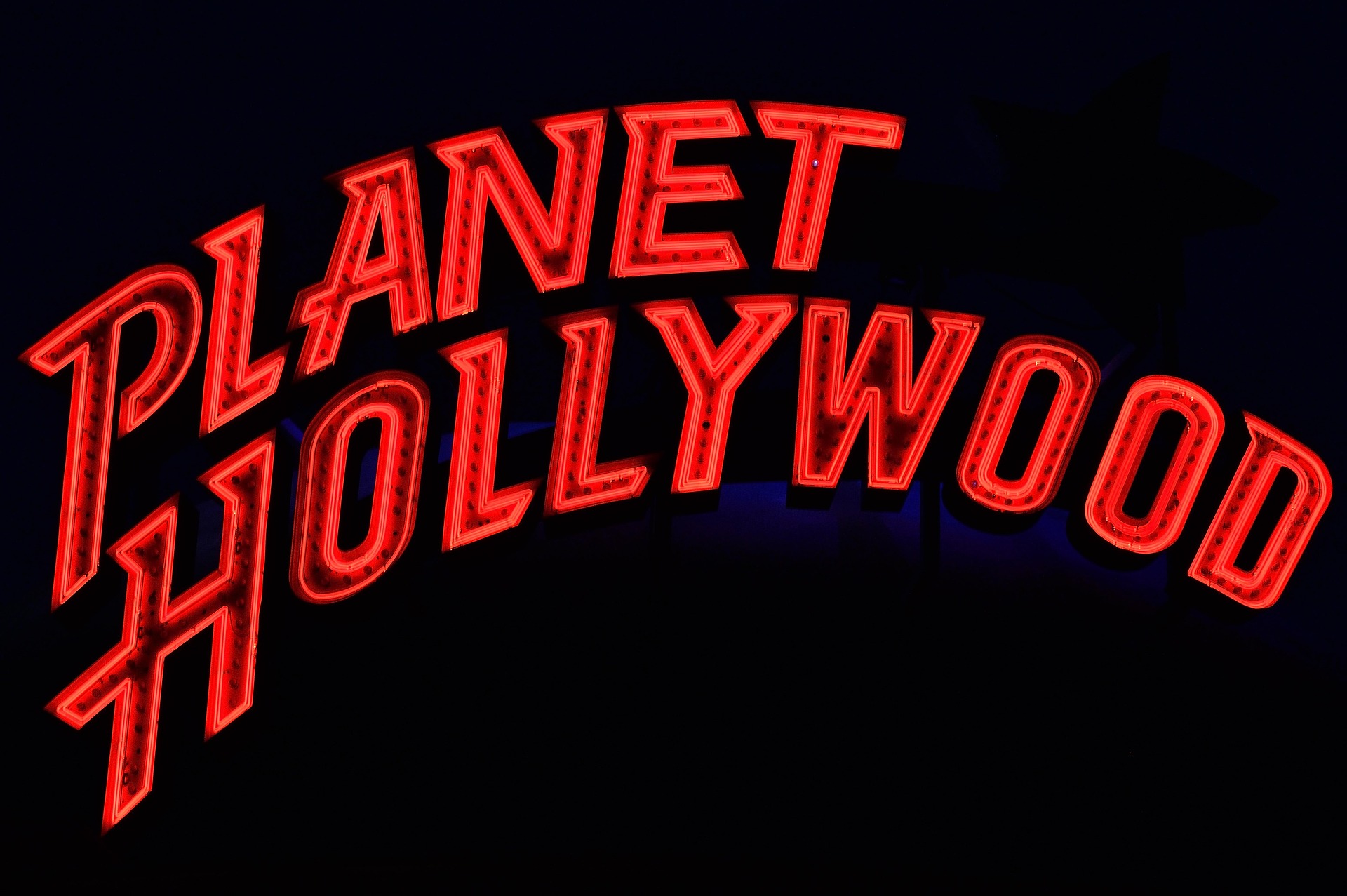Why Walkers Are Being Replaced — Explore to see What Seniors Are Using Now
Walkers have long been a go-to mobility aid, but new devices are offering seniors fresh options for staying active and independent. Discover what’s replacing traditional walkers, how these innovations work, and the reasons they’re becoming a popular choice among older adults seeking comfort and support.

Why Traditional Walkers Are Falling Out of Favor
Traditional walkers, while effective for basic mobility needs, present several challenges for modern seniors. These devices often require users to hunch forward, creating poor posture that can lead to back pain and muscle strain. They can be cumbersome to maneuver through doorways and tight spaces, and many models lack the versatility needed for various terrains and daily activities.
Modern Alternatives Revolutionizing Senior Mobility
The latest mobility solutions include upright walkers, which promote better posture and reduce strain on the back and shoulders. Rollators with seats have become increasingly popular, offering built-in rest options and storage compartments. Smart walkers equipped with sensors and automated braking systems provide enhanced safety features that traditional walkers lack.
How New Mobility Devices Enhance Daily Living
Modern mobility aids incorporate features that significantly improve users’ quality of life. These include ergonomic handgrips, adjustable height settings, and all-terrain wheels for outdoor use. Many new devices fold more compactly for easy transport and storage, while others offer built-in lights for evening visibility and USB ports for charging mobile devices.
Essential Features in Modern Mobility Solutions
When considering a walker replacement, seniors should look for:
-
Adjustable handle heights for proper posture
-
Lightweight yet durable materials
-
Easy-to-operate braking systems
-
Compact folding mechanisms
-
Adequate weight capacity
-
Terrain-appropriate wheels
-
Built-in seating options
| Mobility Device Type | Key Features | Average Price Range |
|---|---|---|
| Upright Walker | Posture support, padded armrests | $200-400 |
| Premium Rollator | Seat, storage, all-terrain wheels | $150-300 |
| Smart Walker | Electronic braking, fall detection | $500-1000 |
| Hybrid Walker-Transport Chair | Convertible design, footrests | $250-450 |
Prices, rates, or cost estimates mentioned in this article are based on the latest available information but may change over time. Independent research is advised before making financial decisions.
Safety and Ease of Use in Modern Mobility Aids
Modern mobility devices incorporate numerous safety improvements over traditional walkers. Advanced braking systems, wider bases for stability, and ergonomic designs help prevent falls while reducing user fatigue. Many new models feature intuitive controls and simple adjustment mechanisms, making them easier to operate for seniors with limited dexterity or strength.
The transition from traditional walkers to modern mobility aids represents a significant advancement in senior care and independence. These new devices not only provide better support and safety features but also help seniors maintain more active, confident lifestyles. As technology continues to evolve, we can expect even more innovative solutions that further enhance mobility and quality of life for seniors.
This article is for informational purposes only and should not be considered medical advice. Please consult a qualified healthcare professional for personalized guidance and treatment.




